Lockdown Recovery – Getting back up again
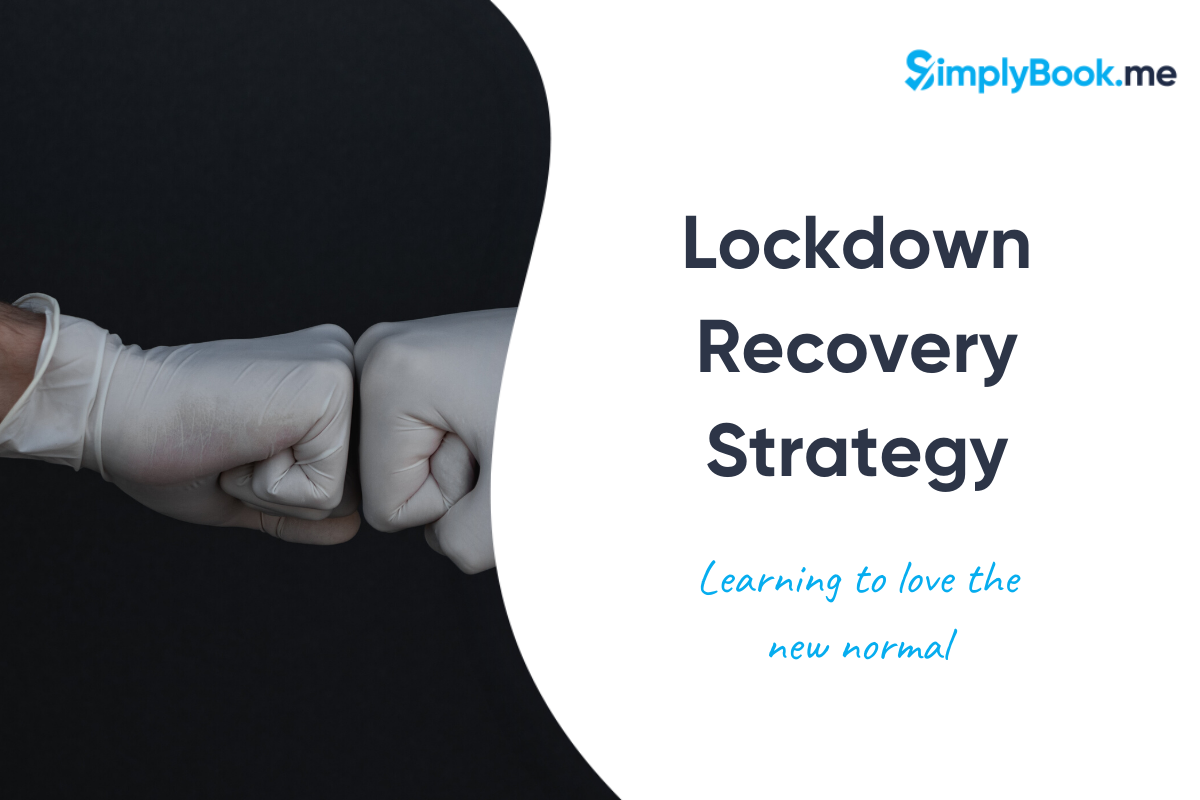
This post is also available in:
![]()
![]()
![]()
Are you like so many others, eager and desperate to get back to work? Many countries across Europe, and other areas experiencing a sustained downward trend in Coronavirus infections and deaths, are beginning to ease their business and movement restrictions. For many businesses, small and large, this means implementing a lockdown recovery strategy that will keep their doors open while also reducing the possibility of infection.
Whether we’re sick of being alone, or utterly fed-up with the people we live with, most of us are desperate to get back to a ‘normal’ routine.
There are two aspects to your lockdown recovery strategy that will keep your doors open and welcoming clients. Firstly it will depend on how well you adhere to the guidelines for maintaining social distancing, cleaning, and all the other requirements. Second, how well people stick to it and the progress of second wave infections (if any). A significant increase in COVID-19 infection rates will probably result in another lockdown, and nobody wants that again. It’s up to you and your clients to do as much as possible to ensure there is minimal risk in visiting your business.
Lockdown Recovery Strategy
What’s yours? You probably already know that the recovery of your business, after weeks of economic limbo, means knowing your target audience. Whoever your target audience is, part of your lockdown recovery plan will have to include these key areas,
- Making clients feel “safe” in your environment.
- Effective Marketing – Targeting Immediate Need(s)
- Adjusted schedules and capacity
Safety and Protection of Staff and Customers
What can you do to make your clients and your staff feel safe when visiting your business?
Advertise – “See how CLEAN we are!”
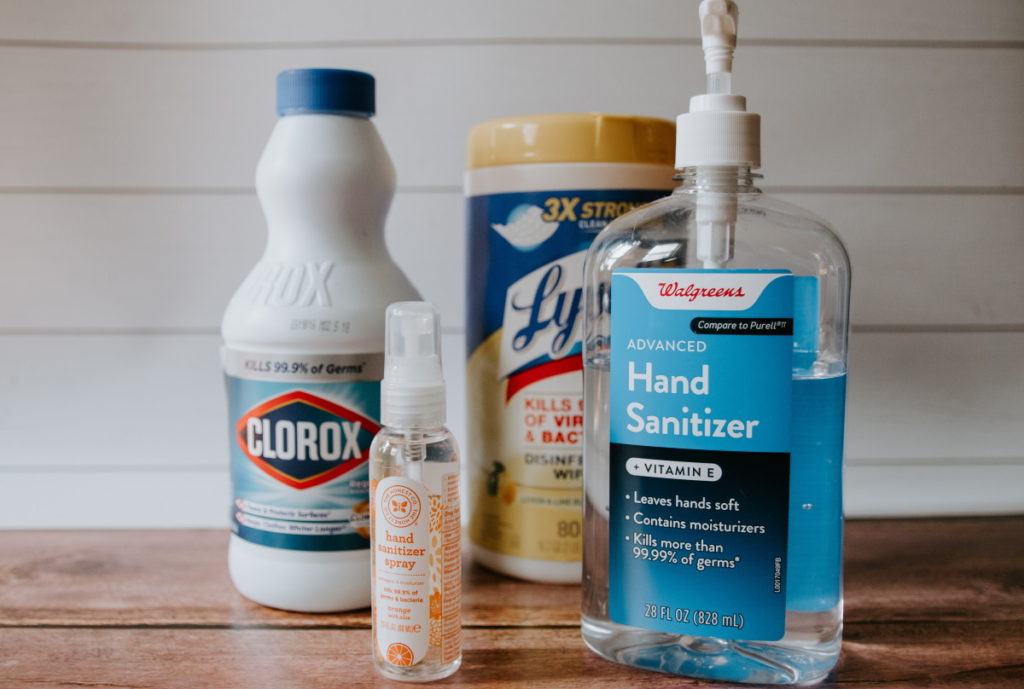
Show what you’re doing to minimise the risk of contact and infection within your premises.
Whatever you’ve been doing for the last month or more, make sure that your premises have had a deep clean and disinfectant. Post pictures of the process on your Instagram and other social media outlets. Let your clients know that you have made all surfaces and high-touch areas free from infectious pathogens. There’s nothing worse than thinking “How many people touched this seat/counter/item BEFORE everything closed.” We’ll ignore the fact that the Coronavirus can’t live on surfaces for months at a time, it’s a psychological thing.
Publish your Social Distancing Rules of Conduct.
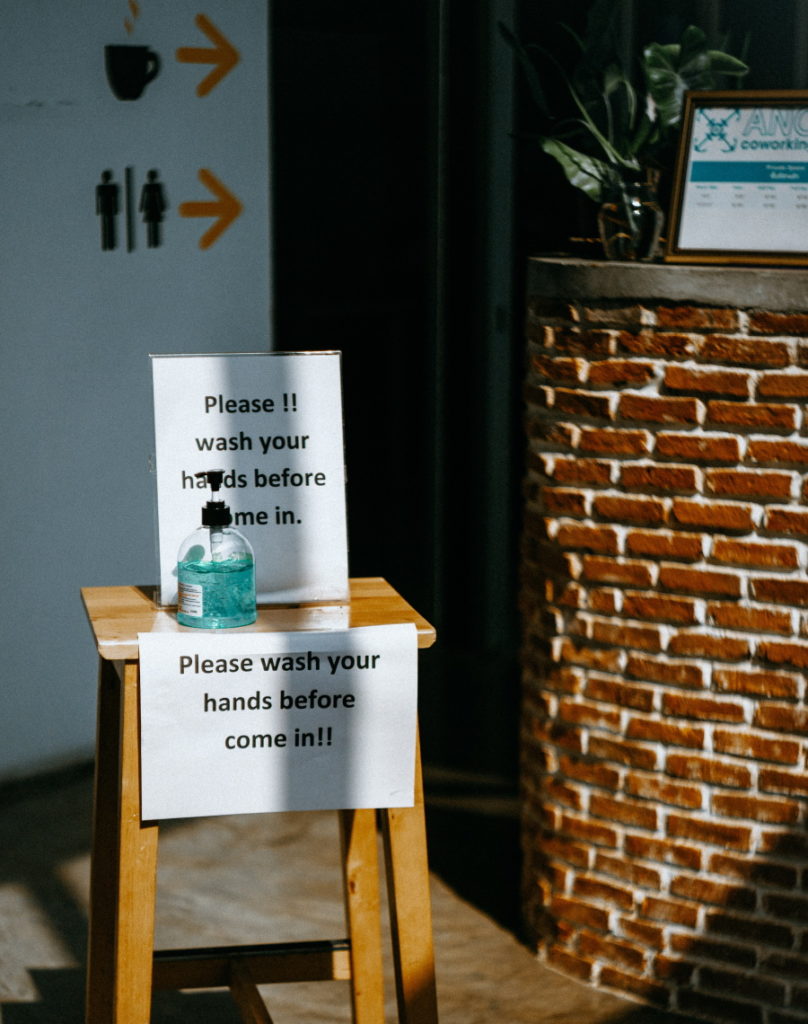
It will be beneficial for your clients to know how you will manage social distancing, particularly if your services provide hands-on treatment. It’s not just about the distance between people; it’s also about the measures you’ll take to mitigate close contact.
How are you reducing contact between customers, or between staff members?
What are you doing to prevent cross-contamination between clients?
What methods are you using to reduce necessary contact?
All of these things will be important to people with fears of infection in a lockdown easing environment. Your clients’ concerns are not based solely on whether they get infected. They also fear passing it to vulnerable loved ones, or maybe just how the government will react to a renewed surge in COVID-19 cases – some of us can’t do another lockdown with our sanity intact…
Marketing to Those in Need ( and in dire want)
There are thousands of people who have missed their monthly necessary and luxury services. People are out of tune with their yoga practice without intervention from a tutor. There are missed hair cuts for everyone. People unable to attend counselling meetings, group therapy sessions and non-essential medical follow-up appointments will now be desperate to find someone who can accommodate their needs, without exposing them to significant risk.
Let’s not forget about the people in desperate need of some self-care after weeks stuck at home, possibly with a demanding child. Trust me, it’s not easy juggling working from home, a less-than-perfect home-work environment, and child care. It’s difficult, and many are probably in need of some pampering. At the very least, they might need a cleaner to pick up the slack.
What about people who desperately need help with their company finances after over a month of no revenue?
These are all people you want flocking to your doors to make this financial disaster of a month, recoverable.
Adjusting Your Timetable and Working Practices
Wouldn’t it be wonderful to have your schedule packed? While it might sound amazing, you must make some adjustments. A full schedule is unlikely to adhere to all required social distancing, and sanitation measures.
Adjusted Schedule
It is ensuring that you have ample time between clients for the necessary cleaning. Sessions may take 45 minutes or an hour, but you need ten minutes between clients to disinfect all contact hotspots. Building buffer time into your appointments will ensure you don’t have clients arriving before you’ve sanitised the area.
Reduced Client Numbers
Also, you may need to reduce the number of clients that you have on your premises at one time. It doesn’t mean you have to cut staff, but you may need to ensure that you have someone available control inflow while you’re at reduced capacity
If you want to use a ticketing system for appointments, you can set a correct time for entry, i.e. they can use the ticket for admission up to five minutes early or five minutes late, but not beyond. When you have to reduce the number of people on-site, you need to ensure people are on time and don’t mess up your schedule.
Alternative Payments
It’s an excellent time to implement contactless payment technology. Introduce online payment in advance, or at least a deposit, to remove the contamination points of cash and frequent use of a card reader’s keypad. If you want to take deposits online, leaving only enough remaining that can be covered by contactless payment by card, you can do that.
NB Some banks and businesses have implemented higher limits to contactless card payments, reducing the need for keypad use.
You’ve survived lockdown, can you recover stronger?
For any business surviving lockdown, we give you a resounding “Well done!” We know it wasn’t easy. We also know that making changes and adapting to a new ‘normal’ won’t be easy either. There are elements of your lockdown recovery strategy that will be with you for a long time.
The more pessimistic predictions for the future say that we have to live with COVID-19 until there’s a vaccination available. Normalising online booking, accepting online payments (or at least reducing payment contact) is a way to reduce unnecessary contact. Other adjustments such as sanitising between clients and maintaining social distancing will be a valuable marketing tool.
When trying to maintain distancing to prevent the spread of disease, online is the best way to go. However, you can’t provide every service online. Use the web and email to reach out and show your clients just how seriously you take their safety.
Any safety measures you can take, which won’t affect the quality of your service, you can and should take. A safe client is a happy client. A sick client will avoid you.
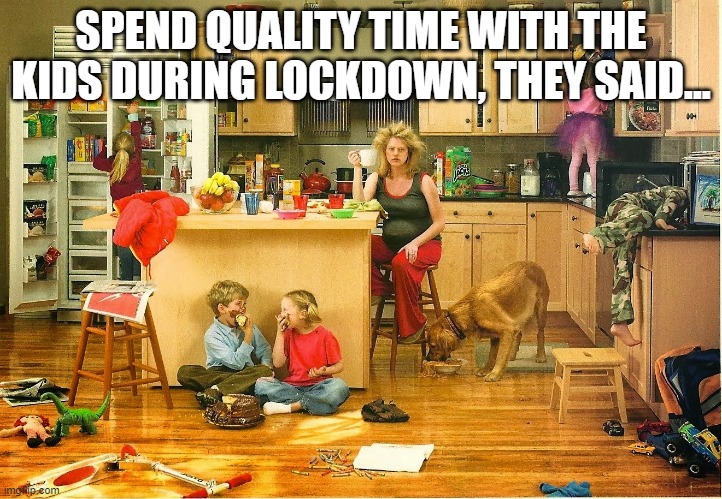

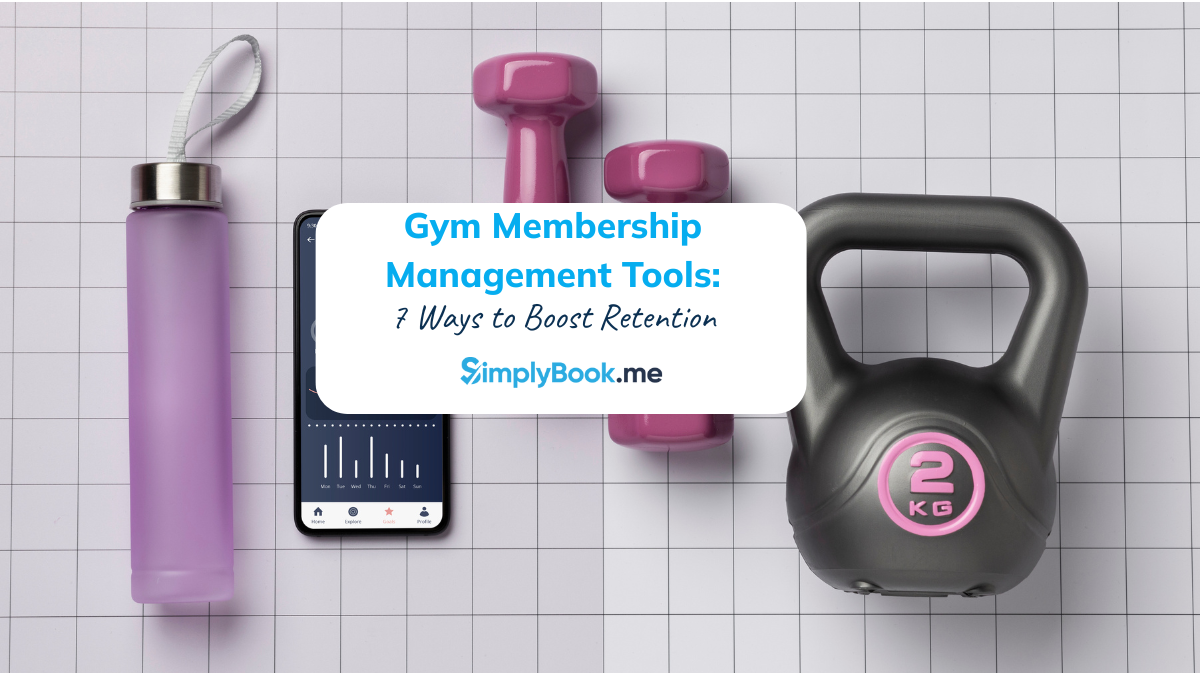


Comments
0 commentsNo comments yet